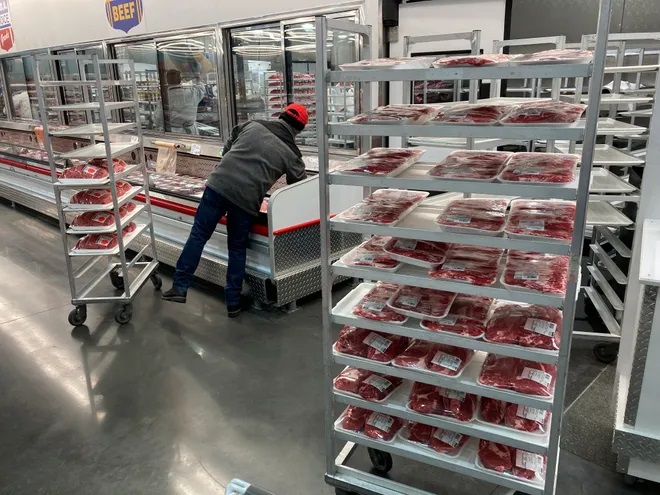On Feb. 14, the Labor Department reported that the Consumer Price Index increased by 6.4% over the past year. This represents the seventh straight month of declines. CPI measures a broad basket of goods and services. Inflation has cooled significantly from the peak of 9% that was experienced last summer. In brief, while prices are no longer rising at a pace experienced in much of 2021 and the first half of 2022, there is a long way to go to reduce inflation to the Fed’s goal of 2%.
Federal Reserve officials highlighted the latest strong inflation report as evidence that the country could face a long fight to subdue price pressures. Despite tightening efforts by the central bank, prices have remained stubbornly high. Jerome Powell, chairman of the Federal Reserve, said, “The process of lowering inflation to the Fed’s goal of 2% is likely to take quite a bit of time. It is not going to be smooth. It is probably going to be bumpy. There has been an expectation that it (inflation) will go away quickly and painlessly — and I do not think that’s at all guaranteed.” Powell further added: “The base case for me is that it will take some time, and we will have to do more rate increases.”
In response to our high inflation numbers, the Federal Reserve has increased its policy rate from near zero a year ago to the 4.5%-4.75% range. In order to tame inflation, economists project that the Fed could lift this rate beyond 5% to 5.25% and keep rates elevated for an extended period.
Earlier this month, the Labor Department reported that employers added 517,000 new workers, a blowout number. Policymakers had expected much more modest growth in the work force. Fed officials remain concerned that the tight labor markets, elevated wage pressures and high inflation for labor-intensive services will keep prices high. Currently, companies can pass on their higher labor costs, which represent a significant percentage of their cost of doing business.
Service inflation — which includes health care, restaurant meals and other non-goods purchases — has shown little sign of slowing down. Federal Reserve officials believe that until service prices are reduced, inflation will not return to 2%.
Shelter prices have increased over the past 12 months by 7.9%, the most since 1982. This reflected the impact of a booming demand for houses and apartments.
On an annual basis, grocery prices rose 11.3% in January. The increase in food prices has caused significant hardship, especially for lower-income people who spend a greater share of their income on food. Rising food prices has been one of the most painful and visible aspects of inflation for many households. As a result, they have had to cut back on purchasing pricier items at the grocery store. Tyson Food reported in early February that consumers curtailed their purchasing of its more expensive items such as beef and pork.
The price of eggs was up 8.5% from the previous month. The worst-ever outbreak of a deadly flu (avian influenza) has decimated chicken flocks.
Coca-Cola reported that it increased prices by 12% in the fourth quarter. The volume of cases it sold fell by only 1 percent. Pepsi also increased its prices by double-digit percentages.
While companies might not continue to rapidly increase prices, they are reluctant to cut prices. Companies wish to maintain their profit margins, especially if consumers show a willingness to keep spending.
Sarah House, senior economist at Wells Fargo, summarized our inflation challenges. She said, “While the overall trend continues to improve, inflation continues to wield formidable momentum. The Federal Reserve is justified in its concern that inflation won’t easily be brought to heel.”
Originally published in the Sarasota Herald-Tribune




